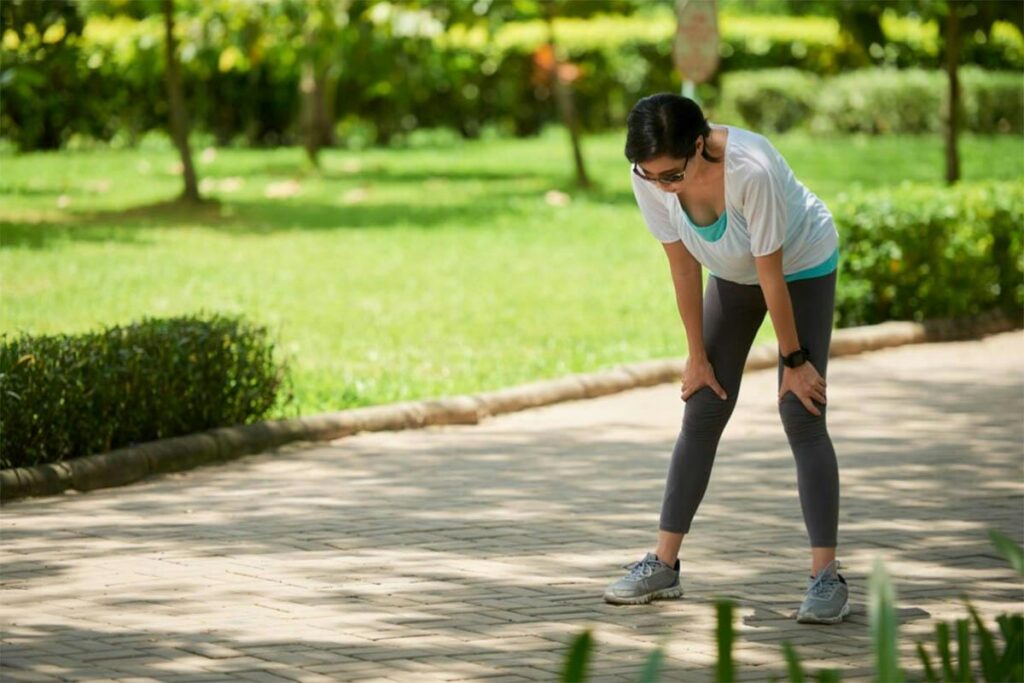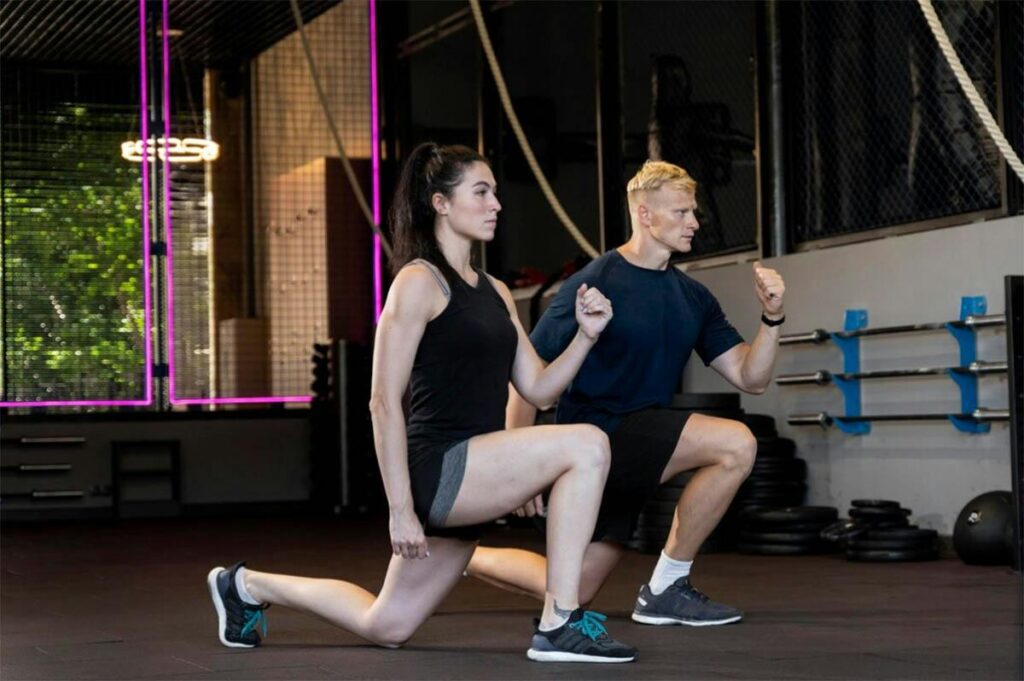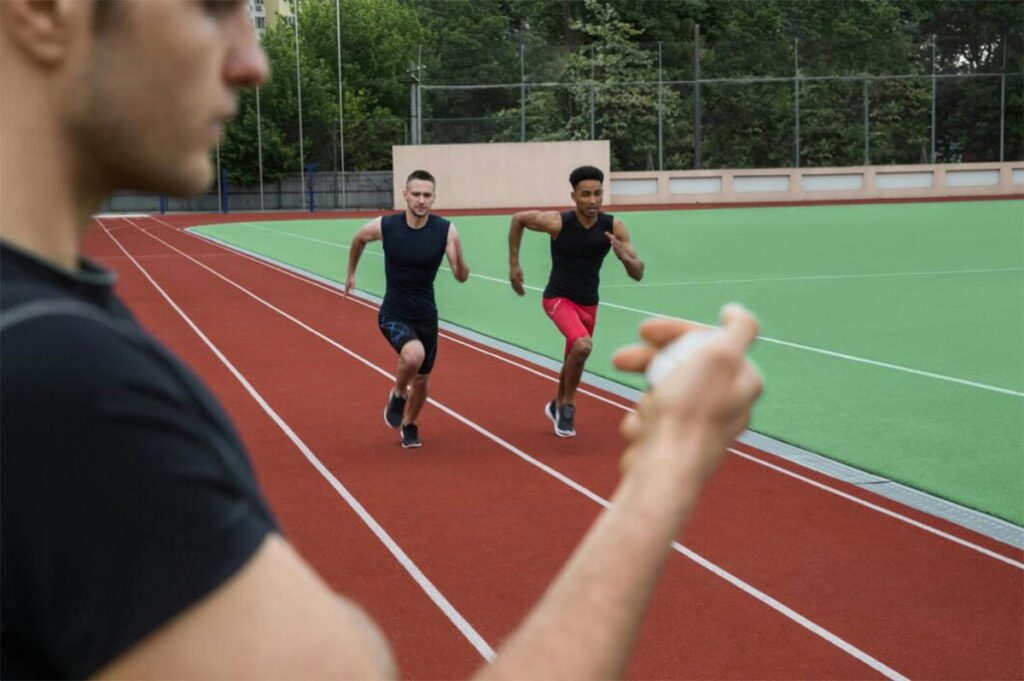Introduction
Greetings, runners! Today, let’s tackle a prevalent issue in our running community – Runner’s Knee, or Patellofemoral Pain Syndrome (PFPS). This knee pain can be a significant obstacle for both new and experienced runners. But fear not! As a physical therapist with a passion for running, I’m here to guide you through understanding, treating, and preventing Runner’s Knee. Let’s embark on this journey together and keep you running pain-free and with joy!
Understanding Runner’s Knee
What is Runner’s Knee?
Runner’s Knee is characterized by pain around or behind the kneecap (patella). It’s a common overuse injury, often resulting from the repetitive strain placed on the knee joint during running.
Why Does it Affect Runners?
The constant pounding on hard surfaces and the repetitive motion of running can lead to misalignment and imbalances in the knee area, causing pain and discomfort. Factors like improper footwear, muscle weaknesses, or tightness can exacerbate this condition.
Early Intervention: Recognizing the Signs

Identifying Runner’s Knee
Symptoms include pain around the kneecap, especially when bending the knee during running, squatting, or even sitting for long periods. Swelling and a grinding sensation may also be present.
Self-assessment Techniques
Check for tenderness around your kneecap or discomfort when bending and straightening your leg. Pain that worsens after prolonged sitting or climbing stairs is another key indicator.
When to Seek Help
If knee pain persists or worsens after several runs, it’s time to consult a physical therapist. Early intervention can prevent the condition from becoming chronic.
Physical Therapy Approaches
- Pain Management
- Initial rest and avoiding activities that exacerbate the pain are crucial.
- Ice therapy and NSAIDs can help reduce inflammation and pain.
- Strengthening and Stabilization Exercises
- Strengthening the quadriceps, hamstrings, and hip muscles to support the knee.
- Exercises like straight-leg raises, step-ups, and squats can be beneficial.
- Flexibility and Mobility Work
- Stretching the hamstrings, quadriceps, and calf muscles to improve flexibility.
- Foam rolling can also help in loosening tight muscles.
- Gait Analysis and Training
- Analyzing running form to identify and correct biomechanical issues.
- Sometimes, orthotics or specific footwear might be recommended to provide better support.
Preventative Strategies

Preventative measures include regular stretching and strengthening exercises, proper warm-up and cool-down routines, and gradual progression in running intensity and duration. Cross-training with low-impact activities like swimming or cycling can also reduce the strain on your knees.
Case Studies and Success Stories
Hear from runners who have successfully overcome Runner’s Knee through a tailored physical therapy program. Their journeys highlight the importance of adherence to therapy and preventive measures.
Conclusion
Runner’s Knee doesn’t have to slow you down permanently. With a comprehensive approach involving understanding, early intervention, appropriate physical therapy exercises, and prevention strategies, you can return to running stronger and more informed. Remember, every step towards recovery is a step towards your next great run!
We’re Here To Help
Experiencing knee pain while running? Don’t let Runner’s Knee hold you back. Reach out to a physical therapist specialized in sports injuries today, and take the first step towards your recovery. Keep running, keep smiling!
Disclaimer: This blog post is for informational purposes and does not replace professional medical advice. Always consult with a healthcare professional for a personalized treatment plan.

